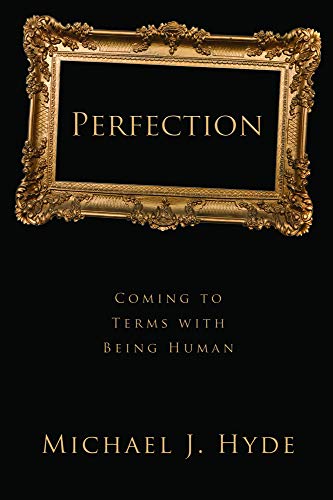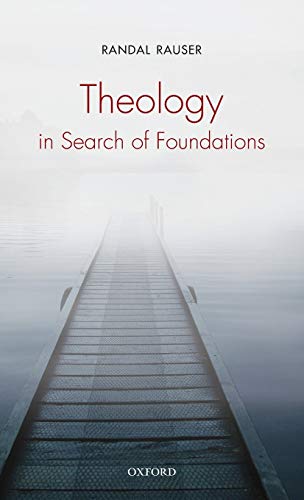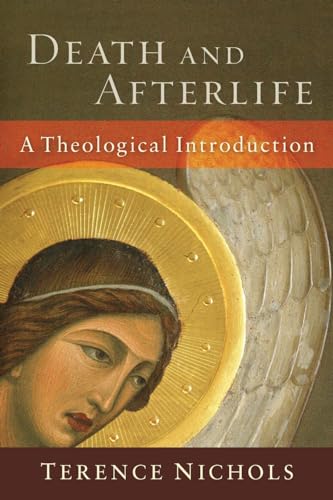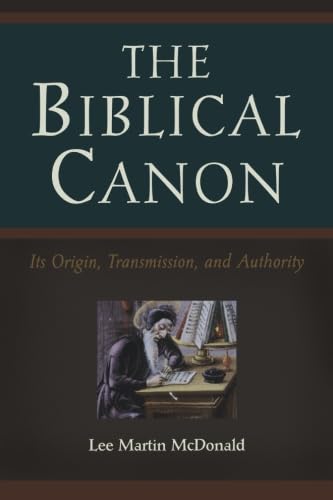The House Where God Lives: Renewing the Doctrine of the Church for Today
Written by Gary D. Badcock Reviewed By Geoffrey H. FulkersonAs cultural-linguistic approaches to theology and ecclesiology continue to proliferate, Gary Badcock’s book, The House Where God Lives, defends the scandalous idea that our doctrine of the Church must begin with our doctrine of God. “In order for us to develop an adequate ecclesiology,” he writes, “we must begin not with the human creature, but with God” (p. 25). Badcock’s self-identification with “blueprint ecclesiology,” however, does not mean that he cares only about theory. Indeed, his opening pages, which interact with Nicholas Healy’s “practical-prophetic” approach to ecclesiology, are not insignificant. While Badcock does reject context as a legitimate starting place for theology, or the Church as itself authoritative, his concern is not entirely different. Badcock shares with contemporary ecclesiology a commitment to the concrete Church and, related, to ecclesiology’s proximity to theology and context. Thus, with Healy, he asserts that the goal of ecclesiology/theology is “helping the Church live more faithfully” (pp. 12, 153, 336).
Unlike Healy (and all whom he represents), however, Badcock denies both that theology as “ethnography” can ever truly promote faithfulness (having no basis for repentance or reform) and that the Church’s primary problem is contextuality. Instead, viewing the Church “sacramentally,” he argues that the sign can lose the signified (there is a difference, we all recognize, between an “alive” and “dead” Church), when the Church turns in on itself or accommodates to cultural values, and thus loses its fundamental grounding in the gospel. Following this, Badcock’s alternative “vision of ecclesiology” is conceptualized not as contextual sensitivity, but as “renewal”; what is missing in a smoldering Church is connection to its roots. What is needed is ressourcement, a return to the roots, to the gospel of the triune God. “The roots of the church reach deep into the mystery of God, and it is in nurturing the life of the church as it springs up in the world from these roots that the fundamental task of ecclesiology consists” (p. xii). Moreover, what Badcock offers is not merely a general theology of ecclesial renewal; rather, he believes that we live in a time desperately needing our own “renewal movement,” with the Western Church captive to political and social liberalism, where “human spirituality and self-understanding alone have importance, and in which doctrine and church alike are made to do obeisance to the demands of subjectivity” (p. 152; his critique of liberalism is woven throughout the book).
It is therefore not surprising that Badcock, having set forth this proper ordering of “Theology and Ecclesiology” (ch. 1), begins his constructive ecclesial work in a Trinitarian fashion, relating the Church to theology proper (ch. 2), Christology (ch. 3), and Pneumatology (ch. 4). While God is related to a discussion of election, Christ to “the Body of Christ,” and the Spirit to the Temple and divine presence, Badcock’s conclusions relate less to those particular subjects than to his broader purpose of conceptualizing a doctrine of the Church oriented toward ressourcement and renewal. His discussion of election emphasizes the “divine outreach of God,” whereby the existence of the Church is not its own, but a result of God’s love “turning toward the creature” in forming a people (pp. 60–65). The “Body of Christ” chapter, while conversant with the debates surrounding this ecclesiologically charged exegetical collocation, finally emphasizes the eschatological nature of the ecclesial community, which, on the one hand, denies sacrilizing any institution, and on the other, demands that the ecclesia (rather than the spirituality of the individual) be located within the gospel. And finally, Badcock’s comment on the presence of God, while originally addressing questions of divine presence in Jewish eschatology, finally centers on the uniqueness of the Spirit’s ministry in the economy of salvation.
Like chapters 2–4, the three “modalities” of the Church developed in chapters 5–7 (community, word, and sacrament) are not self-contained, but develop Badcock’s larger argument. Communion and Word “coexist in a dynamic relationship” (p. 210), with communion centrifugally opening up space for diverse manifestations of the Church and the Word centripetally maintaining the Church’s unity in the “common confession.” This Pneumatological dynamism allows for divergent theological positions and liturgical expressions within a doctrinal core (cf. pp. 210–11, 269, 304–5). Badcock’s definition of “sacrament” (note the singular) continues this thesis, defined as the doctrinal core grounded in the μυστήριον, the one mystery of God, or the “primal sacrament” (centripetal), but open to many manifestations (centrifugal), even making room for his friend Jim Dale, who was a sacrament of faithfulness and holiness (pp. 278–82).
Against our contemporary ecclesial backdrop, where, to paraphrase Qohelet, “of the writing of ecclesiologies, there is no end,” Badcock’s concern for the “renewal” of the Church is a fresh perspective, affirming what is good in the ecclesial turn (concern for the faithfulness of the Church) while avoiding its errors (forgetting what is theological about theology). Moreover, the superiority of this model (compared to our contemporary alternatives) is demonstrated by his sharp critique of liberalism, showing more contextual sensitivity than most prophets of context. It is not only, then, a book about Renewal; it is equally a call to renewal, to ressourcement. While several minor quibbles may be raised (like his neglect of evangelical sources, all the more problematic since he includes us rather indistinguishably within his critique of liberalism), his largely evangelical vision of ecclesiology should be applauded. This book is a must-read for anyone interested in the contemporary discussion of context and ecclesiology; his views of sacrament, renewal, “pneumatical dynamism,” and centripetal and centrifugal ecclesial movements are all fresh perspectives in a stale conversation. To what degree Badcock’s proposal will benefit ecclesial faithfulness (as opposed to simply adding theological and theoretical complexity) is yet to be seen. In the meantime, while most pastors and ministry-minded readers will probably read with intrigue his critique of liberalism/inclusivism/individualism, I doubt that such is substantive enough to encourage your reading, and his model of ecclesiology offers little immediate direction for the daily life of the Church. As Badcock says from the outset, this book is a “blueprint.” For the carpenters, then, interested more in wood, hammer, and nails, I would not encourage this book; but we ought to praise God for architects (or apprentices of the Architect) who strive to build on a sure foundation. And Badcock is certainly striving for no less than a Church established on Christ the cornerstone and edified by the Spirit.
Geoffrey H. Fulkerson
Trinity Evangelical Divinity School
Deerfield, Illinois, USA
Other Articles in this Issue
Most of our readers are theological students and pastors...
The Dazzling Darkness of God’s Triune Love: Introducing Evangelicals to the Theology of Hans Urs von Balthasar
by Stephen M. GarrettJürgen Moltmann observes that Christian theology and the Church face “a double crisis: the crisis of relevance and the crisis of identity...
Plots, Themes, and Responsibilities: The Search for a Center of Biblical Theology Reexamined
by Daniel J. BrendselIn the prolegomena to his “approach to biblical theology,” Charles H...
Since the mid-twentieth century biblical scholars have increasingly accepted that the texts of the Bible must be interpreted in terms of their literary genres...
The present age tends to regard polemics, theological controversies, and all-round doctrinal fisticuffs as, at best, a necessary evil, at worst, one of the most revolting aspects of Christianity...







